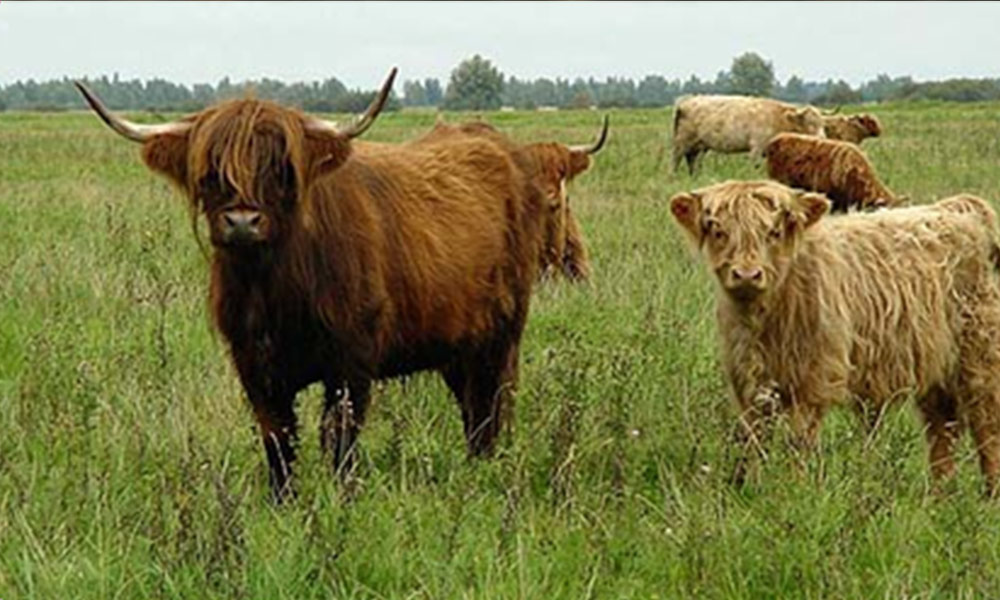Home » Activities » Salt Sweet Water Hike With Guide
SALT SWEET WATER HIKE
It was aprroximately 50 years ago the Lauwersmeer Lake was connected with the Waddensea. For this reason Lauwersmeer used to made up of salt water. When Lauwersmeers got cut off in 1969 it started a transition into sweet water.
It has had big implications for both flora and fauna. Tag along with our forest ranger on a hike and he’ll tell you all about this transition.
SING UP FOR SALT SWEET HIKE

Salt Sweet Water Hike
Join our forest ranger on an interesting hike. He’ll tell you all kind of things about nature and how she deals with sudden and big changes. Lauwersmeer made the transition from sweet to salt water and it had a huge impact both on flora and fauna.
Price: € 7,50
Duration: 1,5 hours
Mass Extinction
It was due to the flood of 1953 that fuelled the fear of flooding in Lauwersoog. With the national disaster as an important reason Lauwersmeer got cut off from the Waddensea in 1969. It had a big impact on nature and its inhabitants. The occlusion triggered a mass extinction for all plants and animals reliant on the salt water.
A terrible smell dominated the area as all sea life died. The smell, supposedly, could be smelled from many miles away.
A New Beginning
Not long after, the area started to recover. The first plants and animals started to appear and with the years passing more and more species arose. In 50 years’ time an unique and remarkable diverse nature reserve emerged with all kinds of inhabitants. Especially for birds the area surrounding Lauwersmeer became one of the most important places in all of West-Europe.
In 2003 the area became an official National Park, rightfully so.
Diversity thanks to large herbivores
The nature reserve contains a large diversity of landscapes. You’ll find long stretched meadows, lakes and forests. To keep the landscape ‘open’ large herbivores are used. Nature, if fully left to her own devices, would fill up the entire area with bushes and trees. It would turn the landscape into a swamp forest.
The National Forest Management tries to prevents this. A swamp provides a poor habitat for its current inhabitants. To prevent this from happening large herbivores like the Konik horses and Scottish Highlanders are set to graze in the area.



